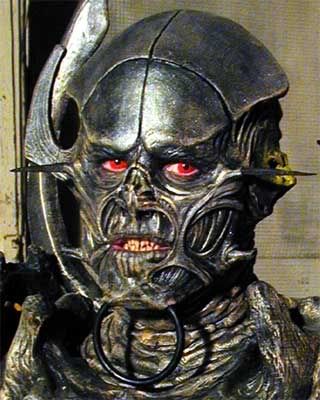

 The Accurate Reloading Forums
The Accurate Reloading Forums  THE ACCURATE RELOADING.COM FORUMS
THE ACCURATE RELOADING.COM FORUMS  Guns, Politics, Gunsmithing & Reloading
Guns, Politics, Gunsmithing & Reloading  Reloading
Reloading  trimmed case length and accuracy effects
trimmed case length and accuracy effectsGo  | New  | Find  | Notify  | Tools  | Reply  |  |
| one of us |
This is my first year reloading so please pardon my ignorance. I'm reloading Federal 308 brass for the third time and wondered how much variation in case length it requires to effect accuracy. I trimmed and chamfered the cases, loaded then fired them. I'm now prepping the cases for another go-round and noticed that some are 2.005 some 2.0055, 2.006. Will the .001 make any noticeable difference? | ||
|
one of us |
Not in my limited experience. It might if you are shooting a Stolle or Nesika Bay. | |||
|
| one of us |
Every time I reload I always trim my cases even if they are only .001 I like every thing being the same every time. | |||
|
one of us |
Bret I totally agree with you on uniformity.but he is real close to trim to length. I have an RCBS trimmer and +-.0005 is about as close as I can trim a case. Mabe I need a Wilson. Tell my wife. Also, I got the impression he had already trimmed them. [ 11-11-2003, 08:01: Message edited by: covey16 ] | |||
|
| one of us |
quote:Hey MLC, Actually, you've described one portion of "Neck Tension", which can have an effect on accuracy. Varying Neck Lengths change the size of the Contact Patch between the Case and the Bullet. Granted, we are talking about minutia in your example. Other factors would be the varying thickness of those Necks from Case to Case. And how much the Neck has been Work Hardened due to firing and resizing. I'm not a fan of Neck Turning for various reasons, but the biggest one is it can hurt you more than help you in a regular Production Rifle. But, "Annealing" should be done about every 5-8 Loads to help maintain consistent Neck Tension and prevent Neck Splits. ... Concerning your original question, if you plan to Hunt with the ammo, then I'd recommend you repeat your reloading process exactly the same every time you reload - including Trimming, Deburring, Chamfering and a final Casemouth Polish. This builds confidence in your Hunting Load as you practice, which makes it all well worth the effort. | |||
|
| one of us |
I don't see a .001" variance showing a negative result unless you are using tight match tolerances and shooting LONG range targets. | |||
|
| one of us |
I always trim my brass to minimum. Out of curiosity, I loaded five pieces of match prepped 308 brass that measured 2.005 to 2.015 and, and five pieces of match prepped brass all trimmed to minimum and shot a group with each. The five shot group with the brass all trimmed to minimum shot in low .4's the five shot group with the different trim lenght, shot in the high .4's. In my opinion it does make a slight difference. IMHO uniform neck tension, seating depth, concentric case necks, are of more importance than each and every piece of brass being of exactly the same lenght. I really don't think a + or - of .001 will every be noticed even in match shooting. Shoot Safe, Shoot Straight......RiverRat | |||
|
| one of us |
IMHO---a "off the shelf" hunting rifle wouldn't show you a difference between brass anywhere between max and trim length. Green 788 did an experiment with a load that had been working great in his gun. He mixed brass of different brands and even threw in a mix of nickel coated into his test. His gun shot under MOA even at long distance. That trip down a 20-26" barrel is gonna "even out" that tiny tiny difference in case length you are talking about. My opinion only--others mileage may vary. | |||
|
| Powered by Social Strata |
| Please Wait. Your request is being processed... |
|
 The Accurate Reloading Forums
The Accurate Reloading Forums  THE ACCURATE RELOADING.COM FORUMS
THE ACCURATE RELOADING.COM FORUMS  Guns, Politics, Gunsmithing & Reloading
Guns, Politics, Gunsmithing & Reloading  Reloading
Reloading  trimmed case length and accuracy effects
trimmed case length and accuracy effects

Visit our on-line store for AR Memorabilia

